
What is the Advantage of OLED Displays over IPS Displays?
What is the Advantage of OLED Displays over IPS Displays?
In the world of display technology, two names frequently come up: OLED and IPS. Whether you are choosing a display for a mobile phone, TV, or an industrial application, understanding the differences between them can help you make an informed decision. We’ll take a deep dive into the unique features of OLED and IPS, their benefits for users, and answer important questions about their applications.
What Are OLED Displays in Membrane Switches?
OLED (Organic Light Emitting Diode) displays use organic materials that emit light when an electric current passes through them. Unlike traditional LCDs, OLED displays do not require a backlight. Each pixel produces its light.
In membrane switches, OLED technology is highly useful. Membrane switches are used in devices like control panels, touchscreens, and keyboards. They are made up of thin PET layers that allow for tactile feedback when pressed.
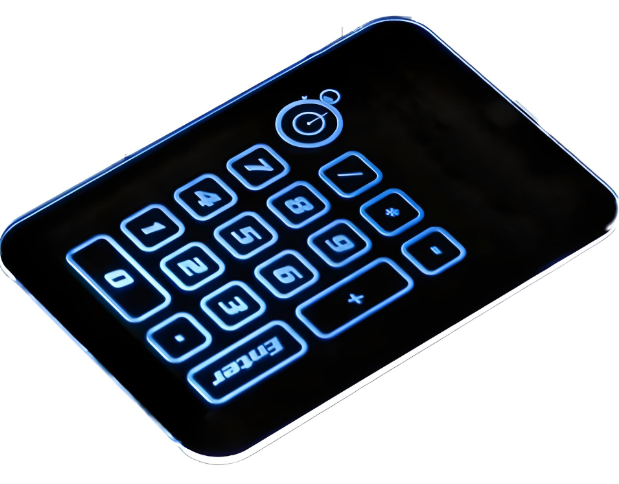
Advantages of OLED in membrane switches:
- Thin and flexible: OLED screens are thinner and more flexible than traditional displays.
- True black colors: Since OLED pixels emit their light, black areas of the screen are truly black, creating a sharper, more visually appealing display.
- Enhanced contrast and visibility: OLED’s deep blacks and vibrant colors ensure excellent visibility, even in low-light conditions.
- Energy efficiency: OLED displays consume less power when displaying dark content since the pixels turn off completely in black areas.
What Are IPS Displays in Panels?
IPS (In-Plane Switching) is a type of LCD (Liquid Crystal Display) technology. It improves on traditional LCDs by offering better color reproduction and wider viewing angles.
Key features of IPS displays:
1. Backlight-based: IPS displays rely on a backlight to illuminate the screen, which then passes through liquid crystal layers to produce the image.
2. Color accuracy: IPS screens are known for their consistent color reproduction, making them suitable for professional applications like graphic design and photography.
3. Wide viewing angles: Unlike other LCD technologies, IPS offers better clarity and color consistency even when viewed from off-angles.
While IPS panels provide high-quality visuals and are reliable in various lighting conditions, they still rely on a backlight, which limits their contrast and the richness of black colors.
OLED vs. IPS: Which Offers Better Tactile Feedback?
When considering tactile feedback, the technology used in a membrane switch can affect how users feel the response when pressing buttons. Here’s how OLED and IPS compare in this aspect:
OLED Displays:
- Thinner profile: OLED panels can be made thinner, allowing for more precise integration with touch-sensitive layers, which means faster and more responsive tactile feedback.
- Closer interaction: The close contact between the switch and the display improves the tactile experience.
IPS Displays:
- Thicker design: IPS panels are typically thicker due to the required backlighting, which can slightly reduce the tactile responsiveness of the switch.
- Additional layers: The extra layers in IPS displays may dampen the feedback a bit, making it less immediate compared to OLED.
In membrane switches where tactile feedback is crucial, OLED often provides a better experience due to its thinner design and quicker response.
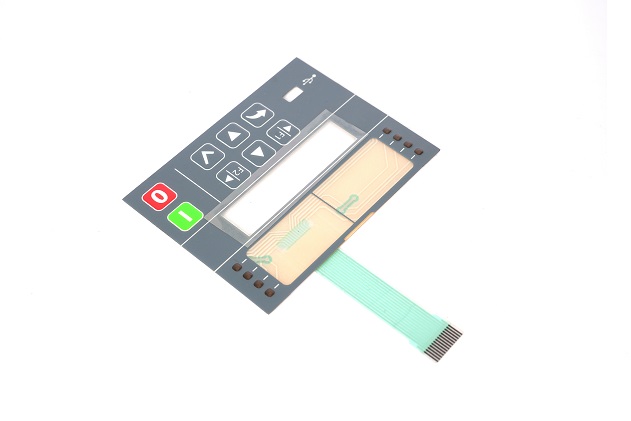
OLED vs. IPS: Which Is Better for Your Eyes?
When it comes to eye comfort, OLED and IPS offer different benefits. OLED displays have certain features that help reduce eye strain during prolonged use.
OLED Displays:
- Better contrast: OLED produces true black colors, which means higher contrast ratios. This can be easier on the eyes, especially in low-light environments.
- Reduced blue light: OLEDs emit less blue light, which is a leading cause of eye fatigue over long periods.
- Less glare: Since black areas of the screen are completely turned off, OLED displays produce less glare, making them gentler on the eyes.
IPS Displays:
- Constant backlight: Even in dark areas, IPS displays still rely on a backlight, which can result in glare and cause more eye strain.
- Higher blue light emission: IPS displays tend to emit more blue light than OLEDs, which can increase the risk of eye fatigue.
For those who use displays for extended periods, OLED provides a more comfortable experience for the eyes.
OLED vs. IPS: Color Accuracy
Both OLED and IPS displays are praised for their color accuracy, but they achieve it in different ways.
IPS Displays:
- Superior color consistency: IPS panels are known for their excellent color accuracy and wide viewing angles. They are often used in professional environments where precise color reproduction is required.
- Stable performance: IPS displays maintain consistent color performance across the screen, suitable for tasks like photo editing, graphic design, and medical imaging.
OLED Displays:
- Richer color depth: OLED displays offer deeper blacks and more vibrant colors, creating more dynamic and vivid images.
- High contrast ratios: OLED’s ability to turn off individual pixels results in higher contrast, which brings out more colors in darker areas of the image.
For professional applications where exact color reproduction is critical, IPS is the better choice. However, for entertainment and media consumption, OLED provides more vibrant and striking visuals.
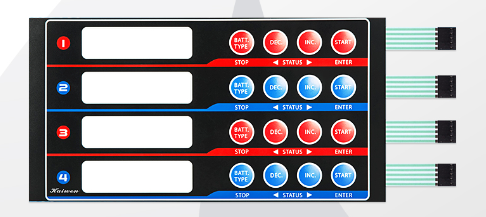
OLED vs. IPS: Power Consumption
Power consumption can play a significant role in determining the most suitable display for certain devices, especially in portable or battery-powered devices.
- OLED Displays:
Efficient for dark content: OLED screens turn off individual pixels in black areas, reducing power consumption. This is particularly useful when displaying dark or black images.
Lower power for dark themes: OLED displays use less power when dark mode is activated, as black pixels are completely turned off.
- IPS Displays:
Constant backlight: IPS panels use a backlight that stays on regardless of the content on the screen. This means that IPS displays consume more power, even when displaying dark content.
If power efficiency is a key concern, especially for battery-operated devices, OLED displays are more energy-efficient.
Both OLED and IPS displays offer distinct advantages, depending on your needs. OLED excels in areas like contrast, energy efficiency, and flexibility, making it ideal for applications like membrane switches, backlit keyboards, and mobile devices. On the other hand, IPS displays are better for color accuracy and wide viewing angles, making them perfect for professional work that requires precise color reproduction.
Ultimately, the best choice depends on your specific requirements. If you need a display that offers vibrant visuals, low power consumption, and sleek design, OLED is the way to go. However, if color accuracy and consistency are your top priorities, especially for professional work, IPS remains the standard choice.
Yuan electronics is a professional team that focus on membrane switch designing and manufacturing. If you would like more information about OLED display membrane switches or IPS display membrane switches, reach us right now!
How to clean silicone rubber? Silicone Rubber Membrane Switch
How to clean silicone rubber? To clean the silicone rubber membrane switch, use a mild detergent and a soft cloth. First, turn off the power and remove the keycaps. Use a slightly damp soft cloth to gently wipe the switch and surrounding areas to remove dust and stains. If the stains are stubborn, wipe with ...
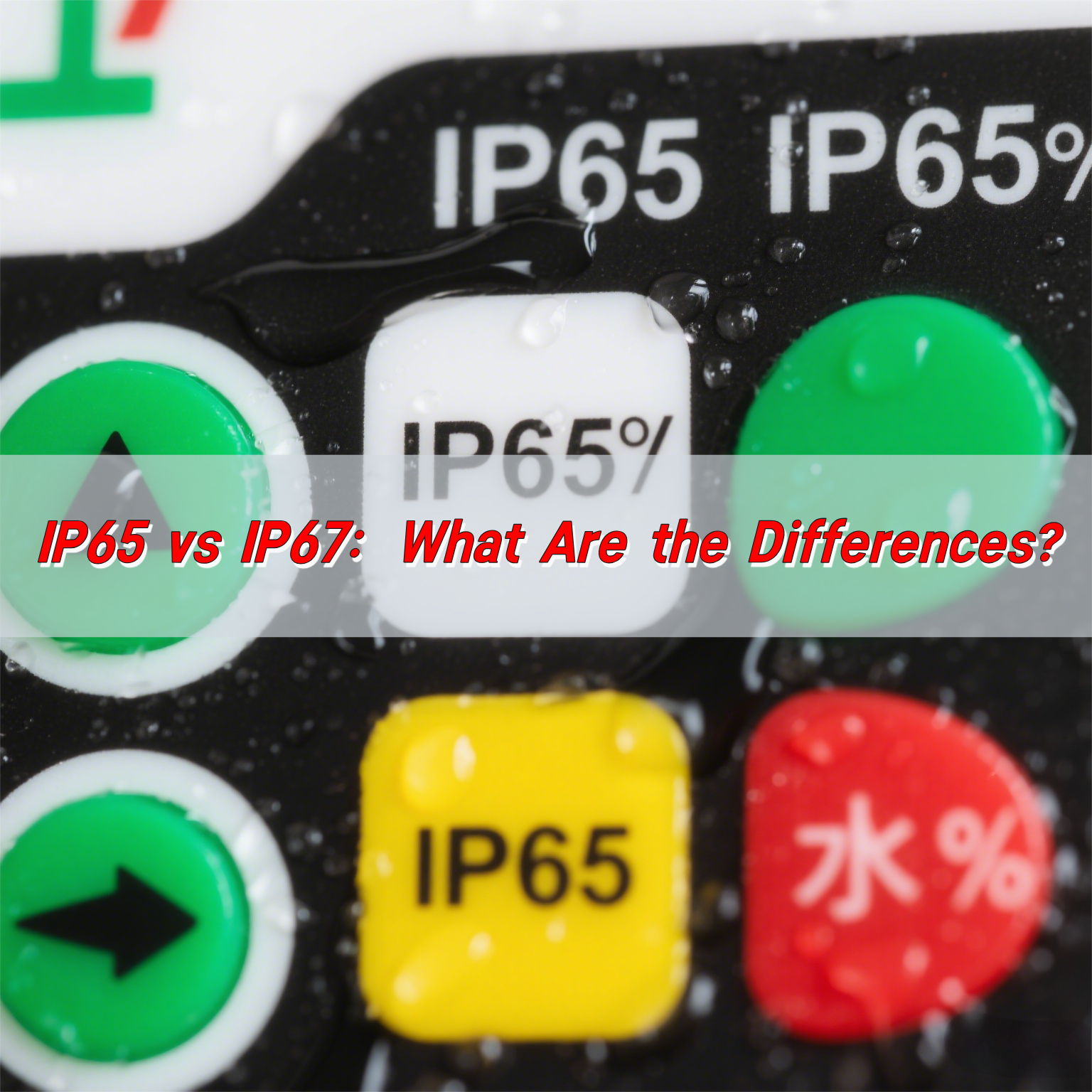
IP65 vs IP67: What Are the Differences?
IP65 vs IP67? The IP65 protection level provides complete dust protection for the device and can withstand low-pressure water jets from all directions, making it suitable for ordinary outdoor environments. Based on this, IP67 allows the device to be immersed in 1 meter of water for a short period of time (usually 30 minutes) without ...
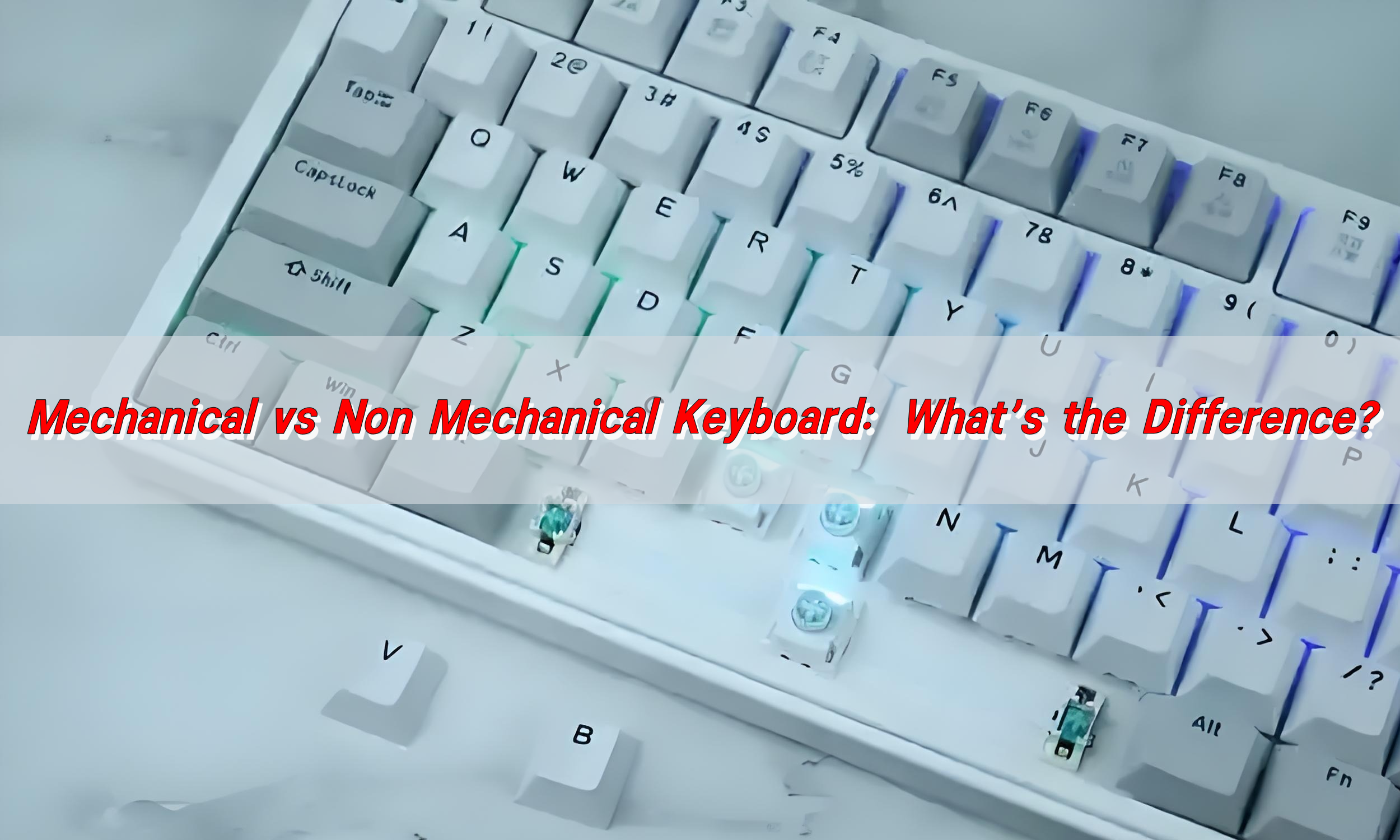
Mechanical vs Non Mechanical Keyboard: What’s the Difference?
The main differences between mechanical keyboards and non-mechanical keyboards (such as membrane keyboards) are structure, feel, durability and sound. Each key of a mechanical keyboard has an independent switch, providing a clear feel and tactile feedback, strong durability, louder sound, and is suitable for gamers. Non-mechanical keyboard keys contact the circuit board through a rubber ...
Contact us online